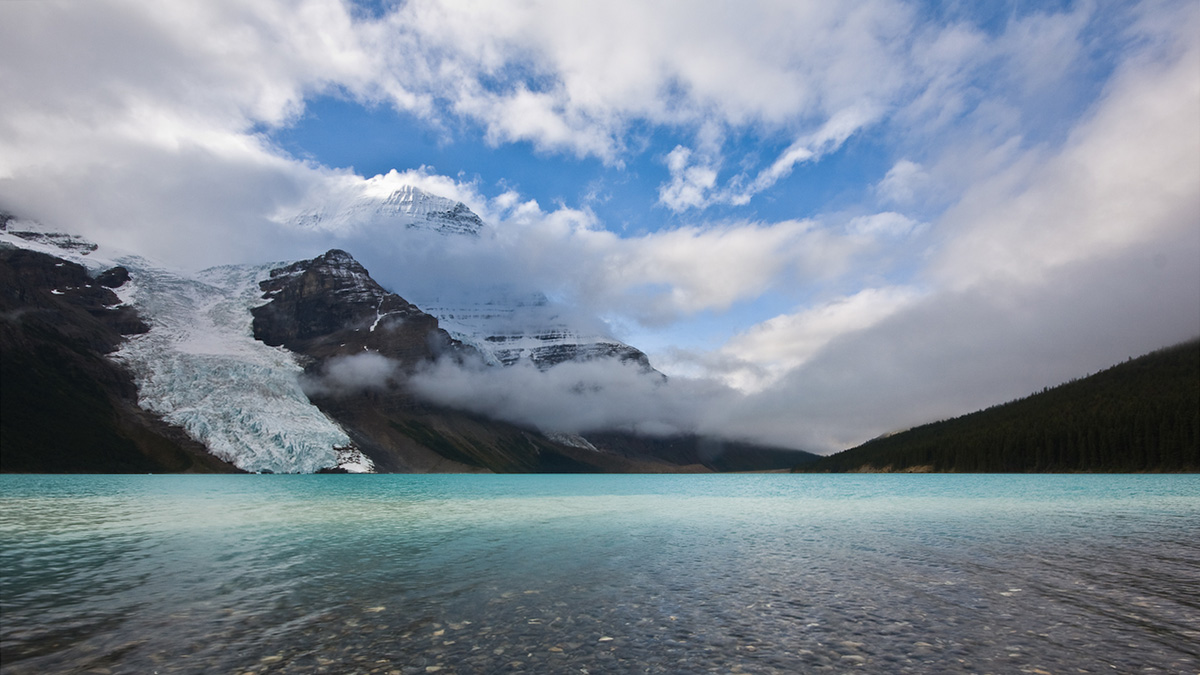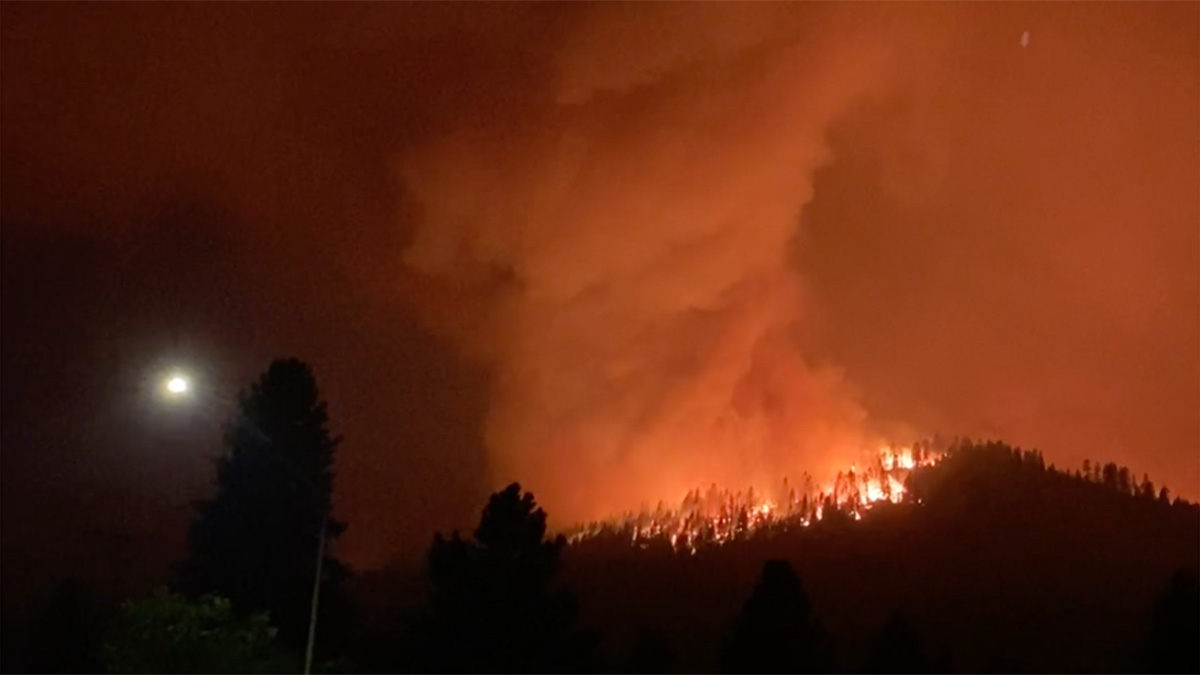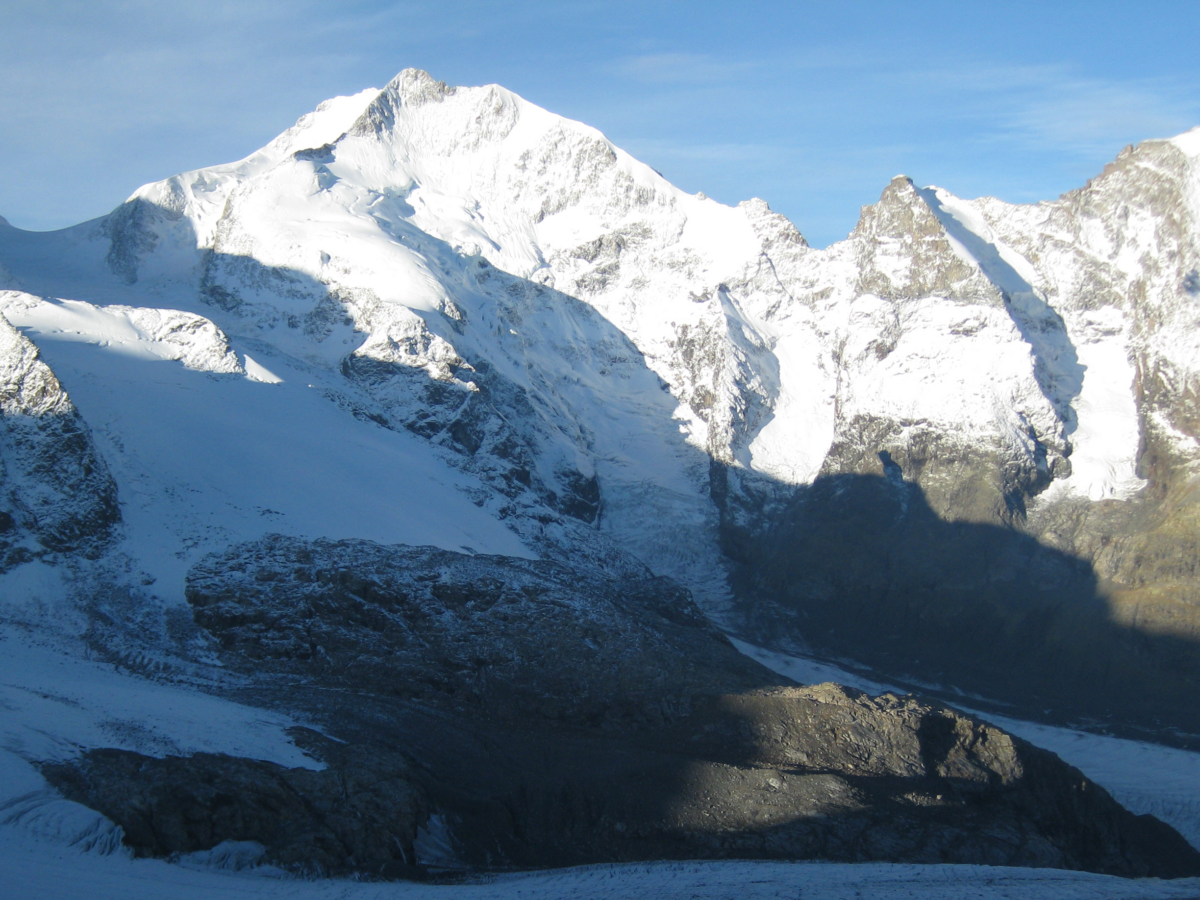When glaciers melt, the land below deforms. Sea level data show that widely used models oversimplify the process.
Modeling
Chasing Fire Tornadoes for Science
Recent research suggests fire-generated vortices are always present during wildfires.
Modeling the Ice Flow and Evolution of Glaciers
Glaciers are crucial water resources and important sea level contributors. To accurately model glacier evolution, their mass balance and ice flow processes must be accounted for.
Estimating Land Loss in River Deltas
Some deltas are susceptible to land loss during sea level rise, whereas others gain land because of changes in the courses of rivers.
Irrigation in Indo-Gangetic Plain Has Little Impact on Heat Stress
Irrigation-related cooling during summer months is overestimated by roughly 5 times, highlighting the need for climate models to accurately reflect local agricultural practices.
Los efectos del cambio climático en las tasas de suicidio en los EE.UU.
La incidencia del suicidio podría incrementarse hasta a 1660 casos anuales, dependiendo de qué tanto cambie el clima.
Eastern Mediterranean and Middle East Face Rapid Climate Change
Observational and modeling studies identify the Eastern Mediterranean and Middle East as a prominent climate change hotspot associated with weather extremes that have major impacts on society.
The Shape of Pits on the Moon
Three-dimensional reconstructions enable virtual exploration of pits on the Moon.
Modification of Energetic Particles Loss Cone During Storms
The loss cone of energetic particles in the Earth’s inner magnetosphere is substantially modified during disturbed times, with important implications for the radiation-belt and ring current modeling.
Plant-Nibbling Insects May Make It Cloudier and Cooler
Insects that eat plant leaves could change the local atmosphere, but current climate models do not account for this impact.










